Wide Angle Defense & Security
Articles and news briefs providing in-depth coverage of the latest developments in the global defense and security sector, in the context of the EUROSATORY 2024 exhibition themes: high-intensity, command/intelligence and space, non-contact warfare, support, securing major events, and assistance to populations.
Experts – industrial and institutional players, intergovernmental organizations, researchers, etc. – share their points of view to shed light on the determinants and major international issues of the Defense and Security sector: the “hot” issues of the moment, the technologies and challenges of the next decade…
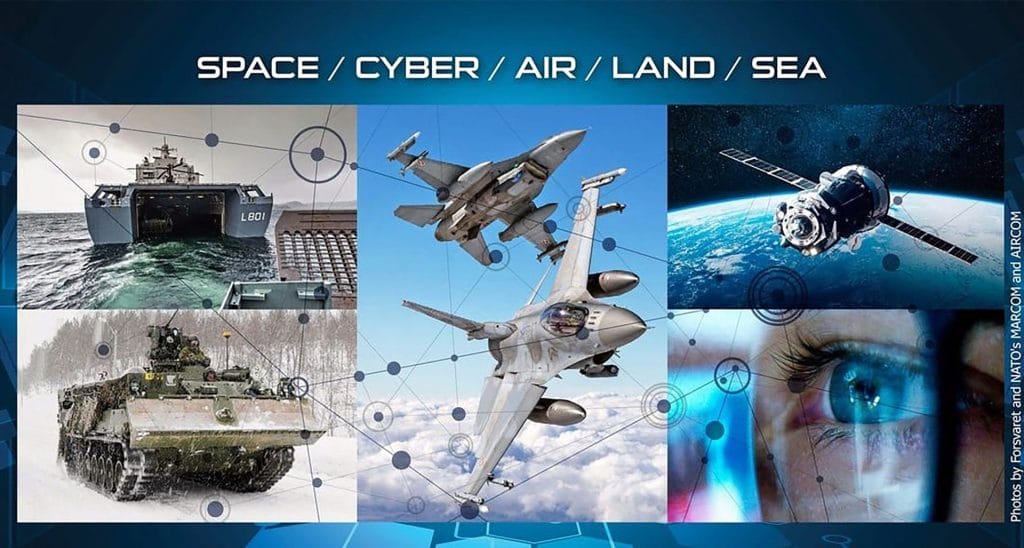
- High intensity warfare, Sustainability
Moderated by Hawa-Léa Sougouna, director of the Coges conference program, the panel brought together three defense players particularly well placed to tackle the subject of multi-domain operations (MDO) in the USA and NATO, as well as M2MC in France for multi-field, multi-domain: Lieutenant-Colonel Bradley Cooper, Commander of the 194th Support Battalion, US Army, deployed at Camp Humphreys in Pyongtaek, South Korea; and Dr. Michael Shurkin, Non-resident Senior Fellow at the Atlantic Council; and Colonel Emmanuel Devigne, MDO Division Head at the Center for Command Doctrine and Lessons Learned at the Future Combat Command. Before tackling the issue of Multi-Domain Operations (MDO) support, Hawa-Léa Sougouna oriented the discussion towards a betetr understanding of what MDO covers and to what extent this concept is transposable among all NATO allies.

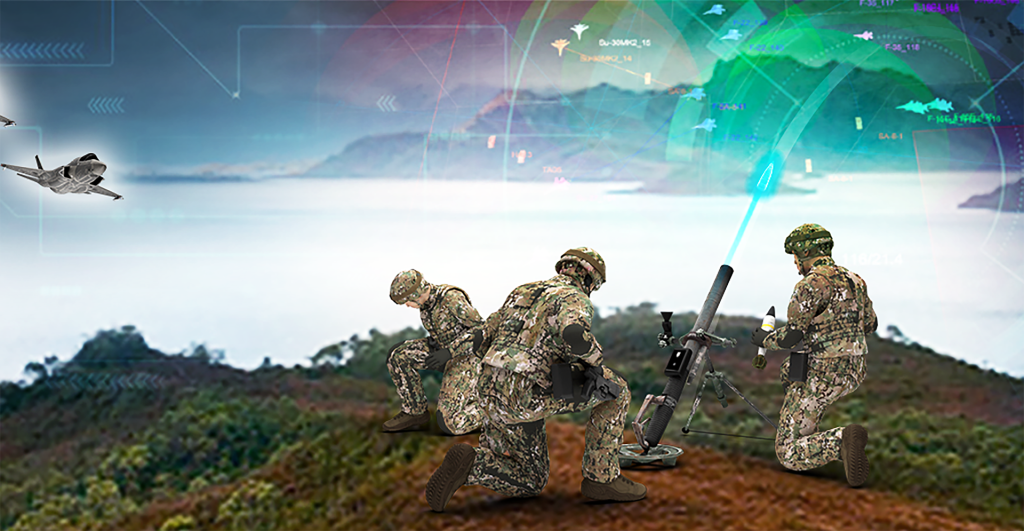
- High intensity warfare, Sustainability
Cubic was founded seventy years ago in the United States and is known for its innovation in both the transportation and the defense sector. Cubic is in particular the largest provider of Live Training Systems (LTS) to the North Atlantic Treaty Organization members, having “fielded more than a quarter million systems at over twenty-five fixed and mobile combat training ranges in thirty-three countries”(1). Its European branch, Cubic Defence UK “delivers technology-driven solutions to Command, Control, Communication, Computers, Intelligence, Surveillance & Reconnaissance (C4ISR) and training”. It also “delivers a tactical Live, Virtual and Constructive (LVC) indirect fires ecosystem, improving live firing competence through immersive training solutions” (2).
The interview below focuses on the latter and the challenges of training in the context of the transformation of ground warfare and artillery given the combination of the return to high intensity warfare and new ways of using innovative and game-changing technologies. Andrew Gales and Martyn Armstrong discuss these issues.

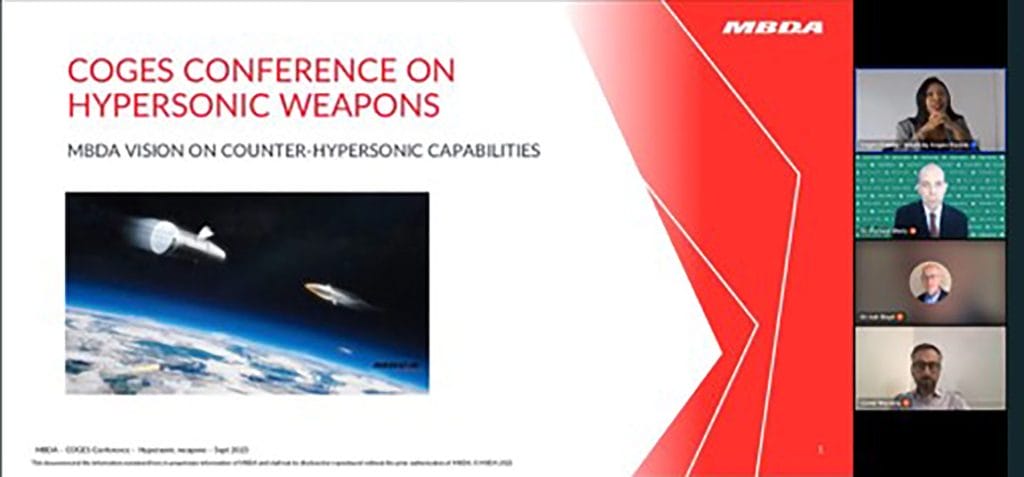
In an age of rapidly evolving technologies, hypersonic capabilities have changed the game. These advanced systems have the potential to revolutionize the balance of power between nations. At the COGES EVENTS e-conference entitled "Unveiling Hypersonic Challenges - Missiles and Countermeasures in Modern Military", held on September 19, 2023, the experts Dr. Richard Weitz, Senior Fellow and Director of the Center for Politico-Military Analysis at the Hudson Institute in Washington D.C. (USA), Dr. Iain Boyd, Director of the Center for National Security Initiatives at the University of Colorado (USA), and Lionel Mazenq, in charge of hypersonic missile defense programs at MBDA (France), described the technical evolution and geopolitical impact of hypersonic technologies. The panel was moderated by Hawa-Léa Sougouna, Conference Program Manager for COGES Events.

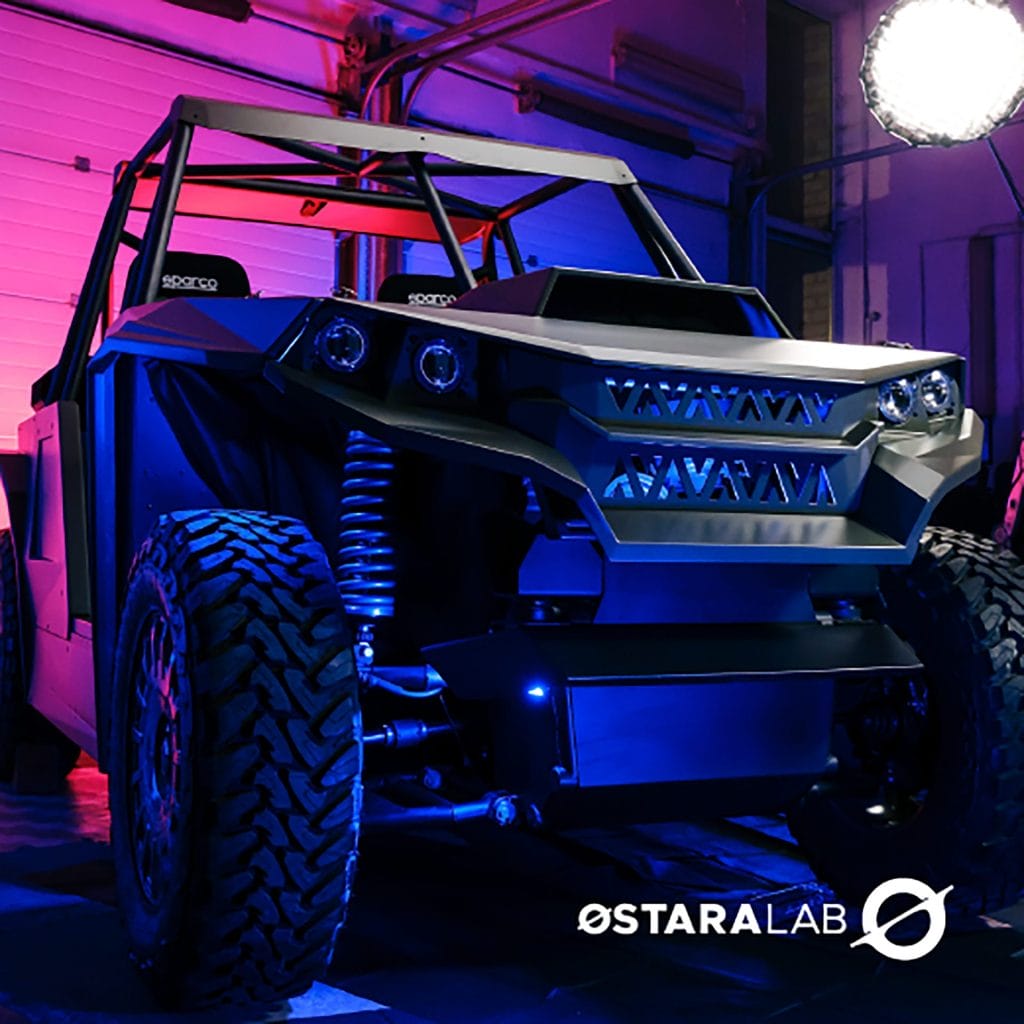
- Remote warfare, High intensity warfare, Sustainability
Darius Antanaïtis joined the Lithuanian company Ostara in 2015 as Business Development Director before becoming CEO two years later. He is one of the four shareholders of the new-generation start-up Ostaralab, created early 2023. Some of the concepts underlying the development of the dual products lines now offered by Ostaralab were born out of his own infantry experience and deployments in Afghanistan and Iraq. In the interview below, he explains the progress of research at Ostaralab, a young company based in Vilnius, and the strategy underpinning its development. In the first place, the Krampus Mk1 concept was born in part ("up to ten percent", says Ostaralab's CEO) from funding from the European Regional Development Fund in 2020. Three years later, Ostaralab is able to put forward a ready-to-use solution and can declare "mission accomplished" with the development of its Krampus all-terrain vehicle, a "special-purpose hybrid electric vehicle for security, defense or industrial needs".

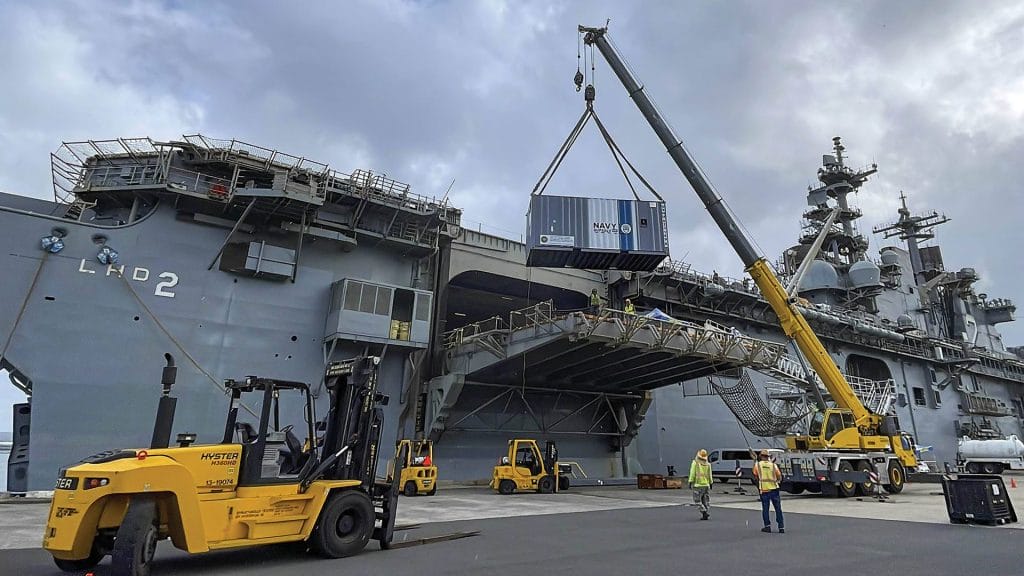
A recognized expert in digital manufacturing and 3D printing, Tali Rosman became CEO of Elem Additive at Xerox in 2020. She describes this experience as her "greatest achievement", as she was responsible for creating a new company, Elem Additive, from scratch, and launching a brand new product, ElemX. In fact, she is well known in the military field for having worked with the Naval Post Graduate School to test the very first liquid metal projection 3D printer installed in July 2022 on a US Navy ship, the USS ESSEX, while deployed at sea. In this interview, she describes the state of the art in metal 3D printing, its advantages and disadvantages, and the prospects she sees for this revolutionary field.


- Sustainability, High intensity warfare
In this interview, Robert Nioa, CEO of the NIOA Group, explains the evolution and vocation of a family business born in the early sixties - and celebrating its fiftieth anniversary this year - which today has become not only the gateway to over fifty international partners, but also Australia's largest privately-owned supplier of small arms, ammunition and related products to the Australian and New Zealand military, police and commercial markets. A company in line with the Australian Armed Forces' desire to strengthen their autonomy and sovereignty in this field, and to be able to contribute to the supply chain of their partners and allies.
